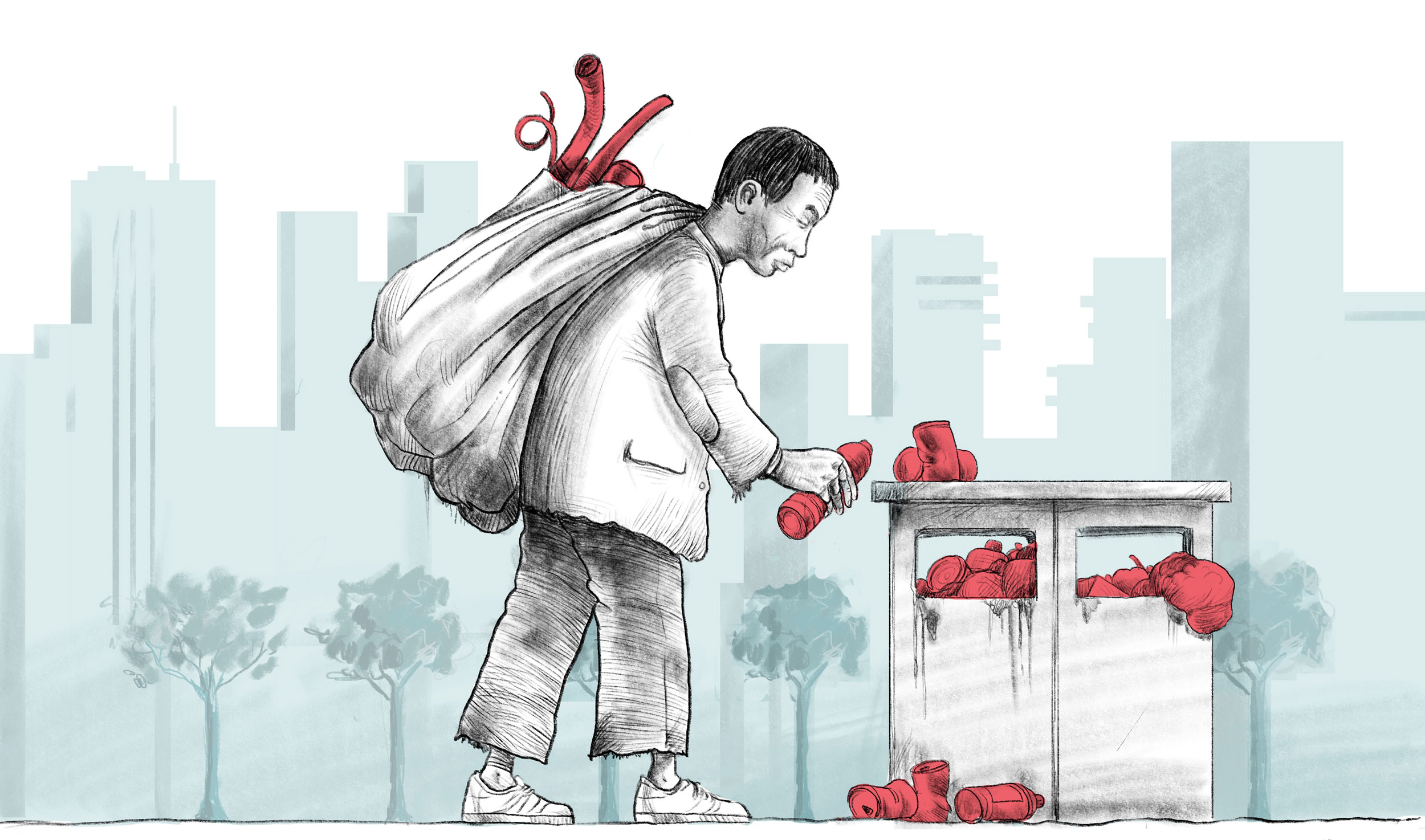Shanghai divides household waste into four categories: wet (household food), dry (residual waste), hazardous and recyclable waste. Slogans, tips and posters about the city’s new garbage sorting rules are everywhere, from office buildings, schools and kindergartens to residential communities, parks and shopping malls. But many Shanghainese are struggling to sort their rubbish correctly, as they are forced to abandon old habits and embrace new ones – which some feel are complicated or involve needless effort. Take a look at the following types of waste and drag them onto the correct trash bins to see how you would fare.
Shanghai divides household waste into four categories: wet (household food), dry (residual waste), hazardous and recyclable waste. Slogans, tips and posters about the city’s new garbage sorting rules are everywhere, from office buildings, schools and kindergartens to residential communities, parks and shopping malls. But many Shanghainese are struggling to sort their rubbish correctly, as they are forced to abandon old habits and embrace new ones – which some feel are complicated or involve needless effort. Take a look at the following types of waste and click on the correct answer to see how you would fare.




















